
Question and Answers Forum
Question Number 82404 by jagoll last updated on 21/Feb/20
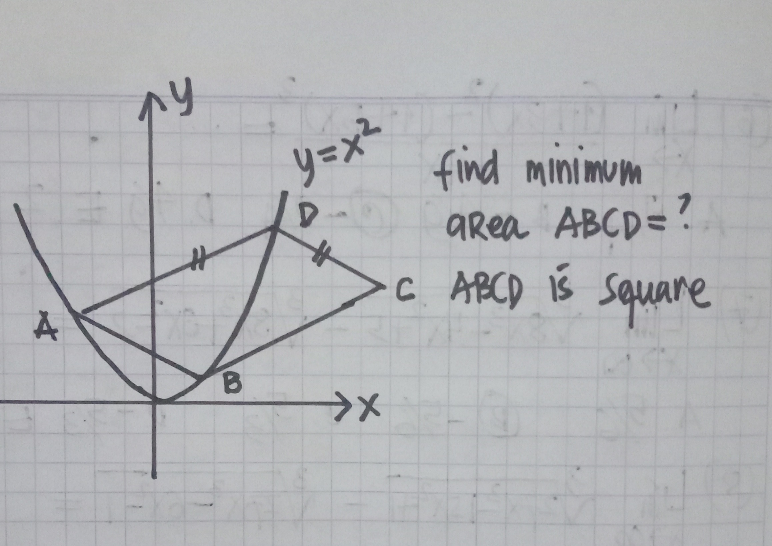
Commented by jagoll last updated on 21/Feb/20

Commented by mr W last updated on 21/Feb/20

Commented by jagoll last updated on 21/Feb/20

Commented by jagoll last updated on 21/Feb/20

Commented by mr W last updated on 21/Feb/20
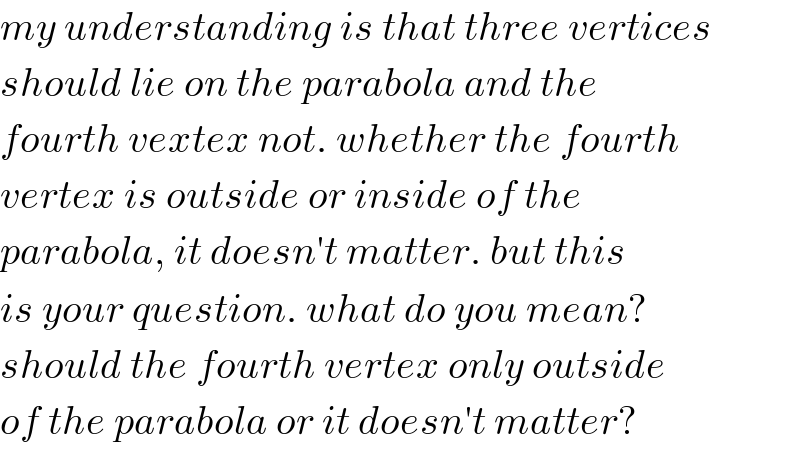
Commented by jagoll last updated on 21/Feb/20

Commented by mr W last updated on 21/Feb/20

Answered by mr W last updated on 21/Feb/20
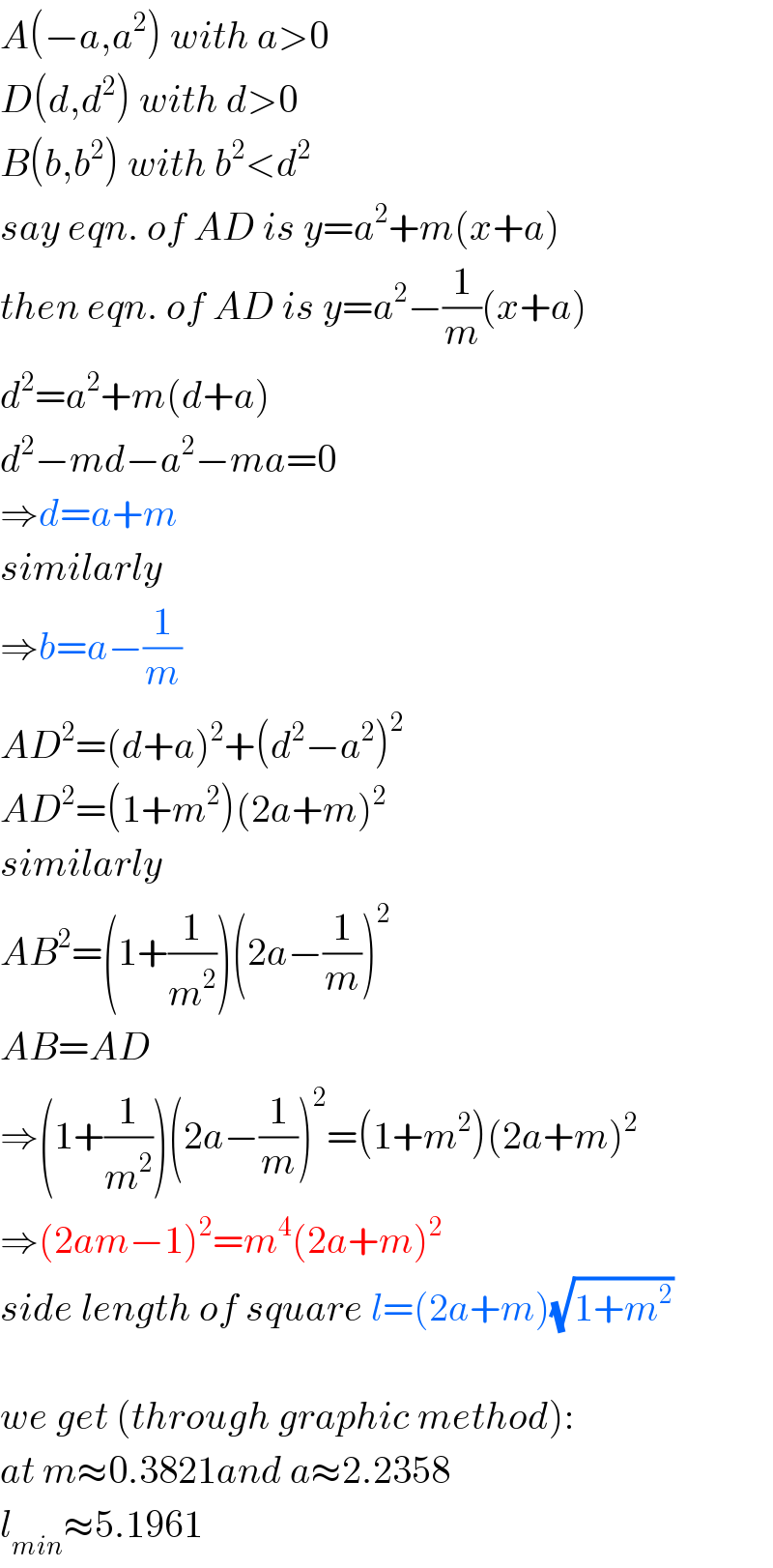
Commented by mr W last updated on 21/Feb/20
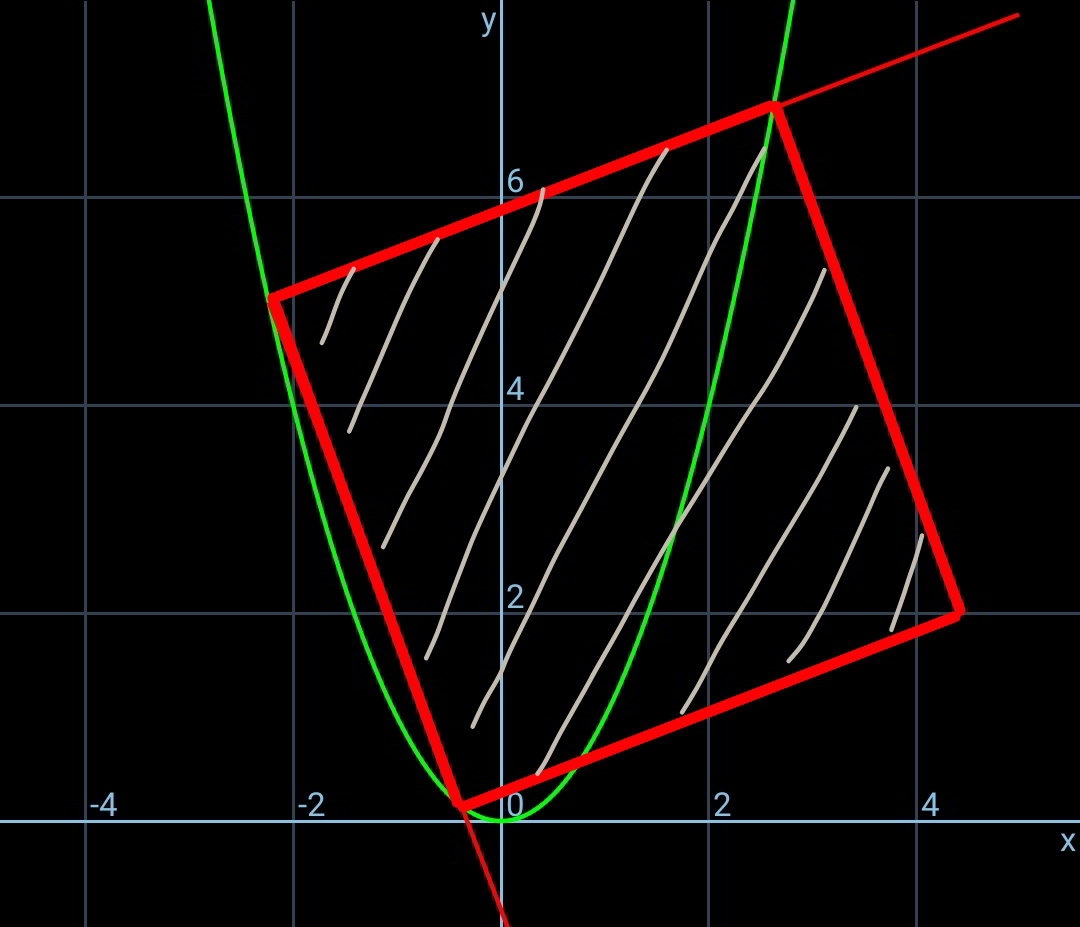
Commented by mr W last updated on 21/Feb/20
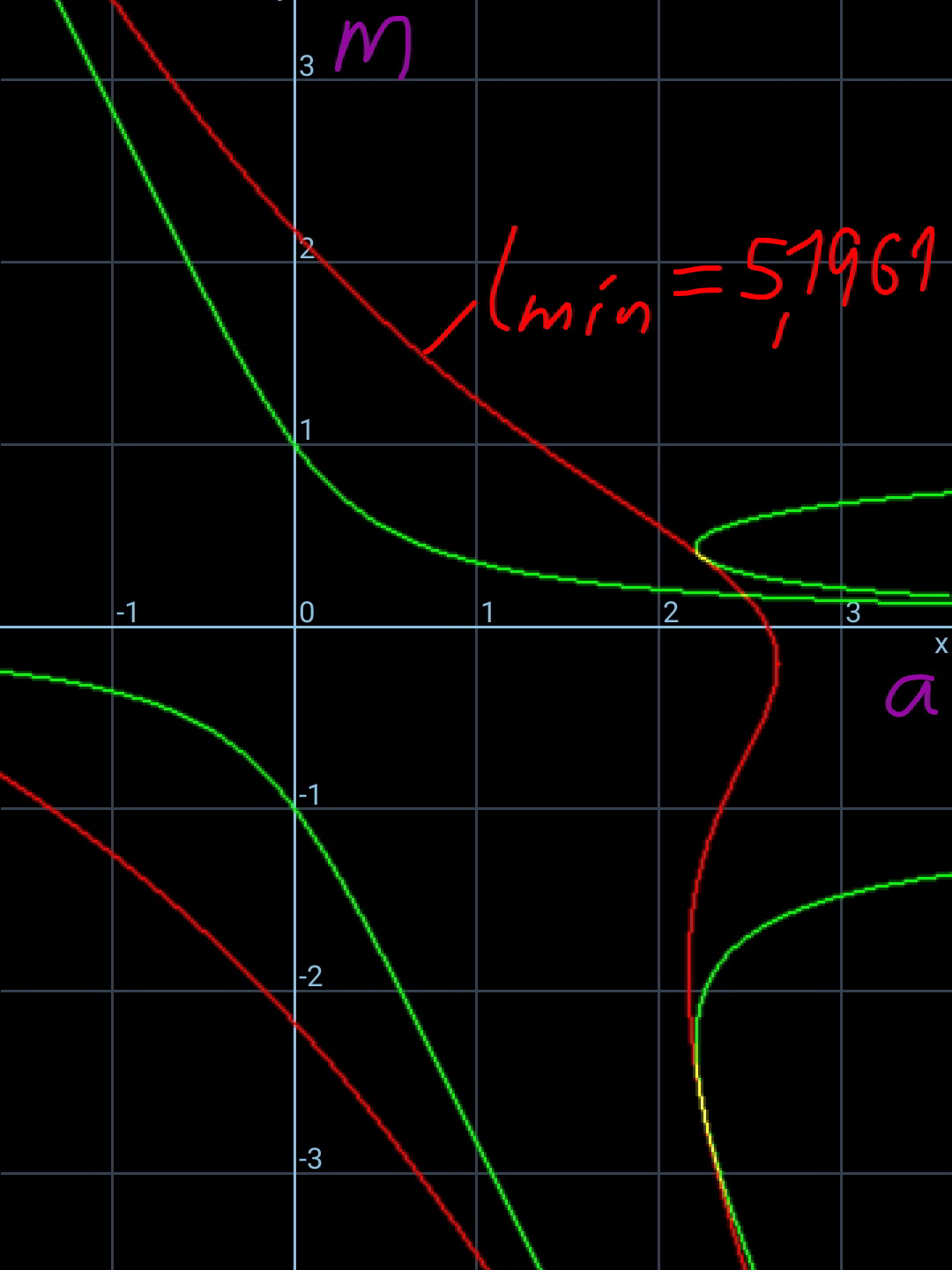
Commented by mr W last updated on 21/Feb/20
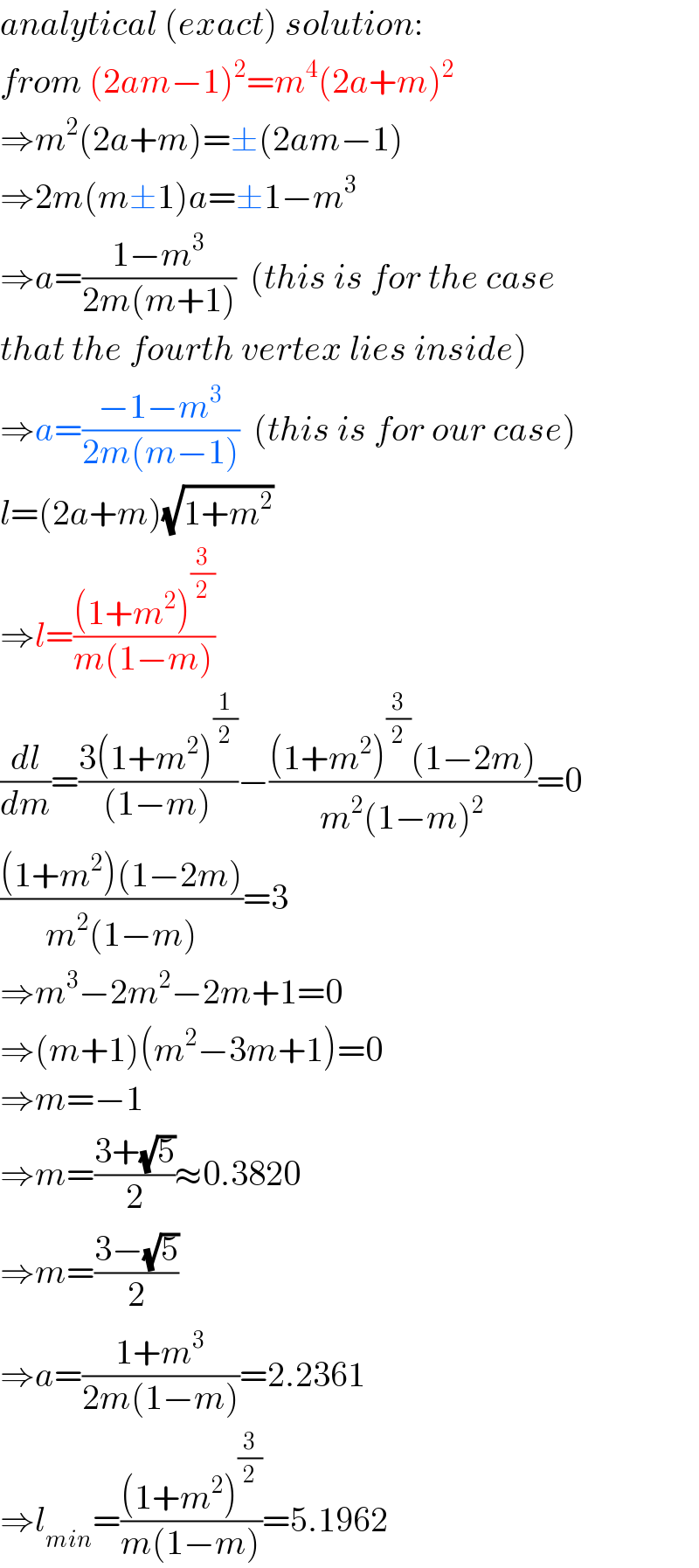
Commented by mr W last updated on 21/Feb/20
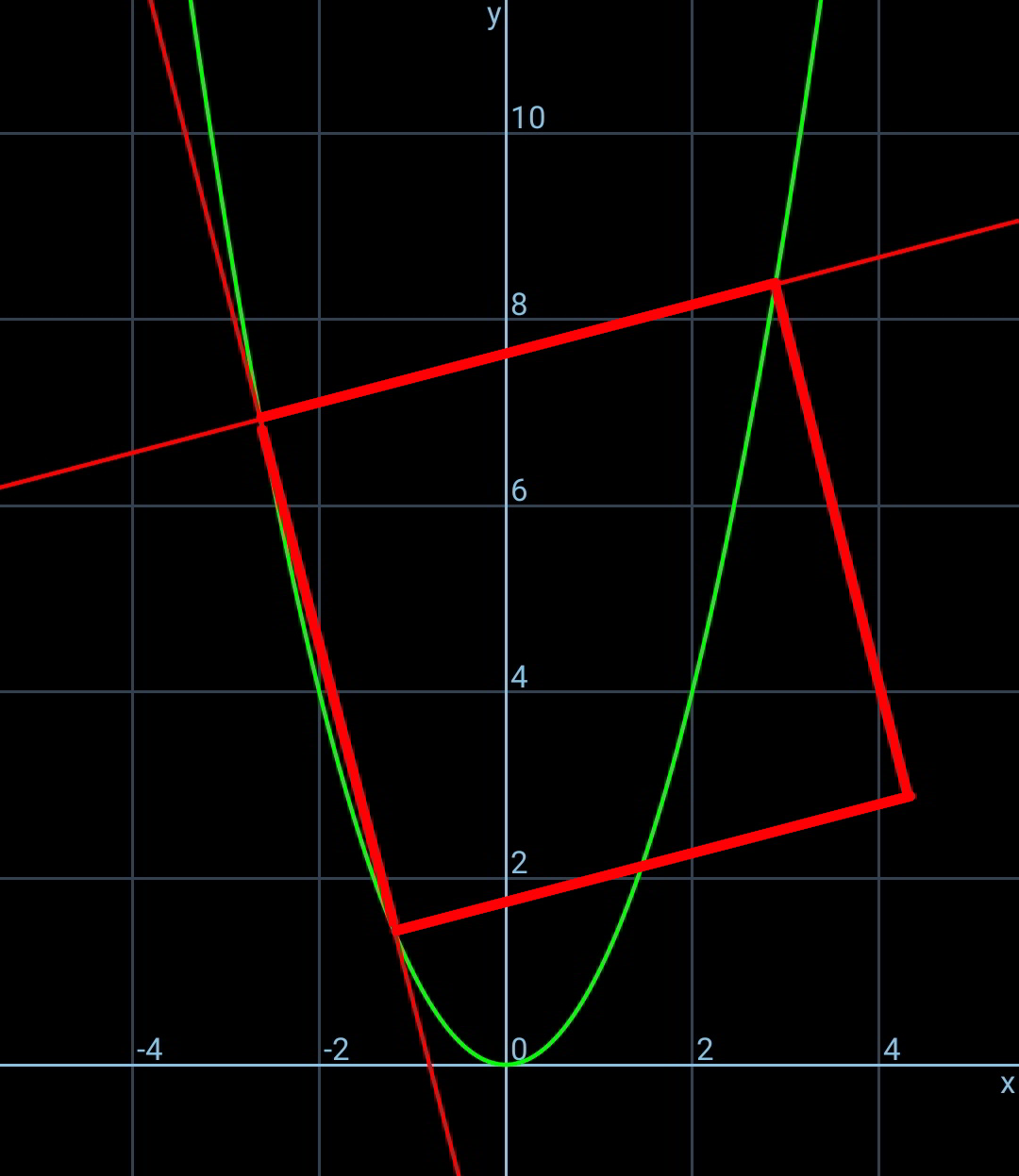
Commented by mr W last updated on 21/Feb/20
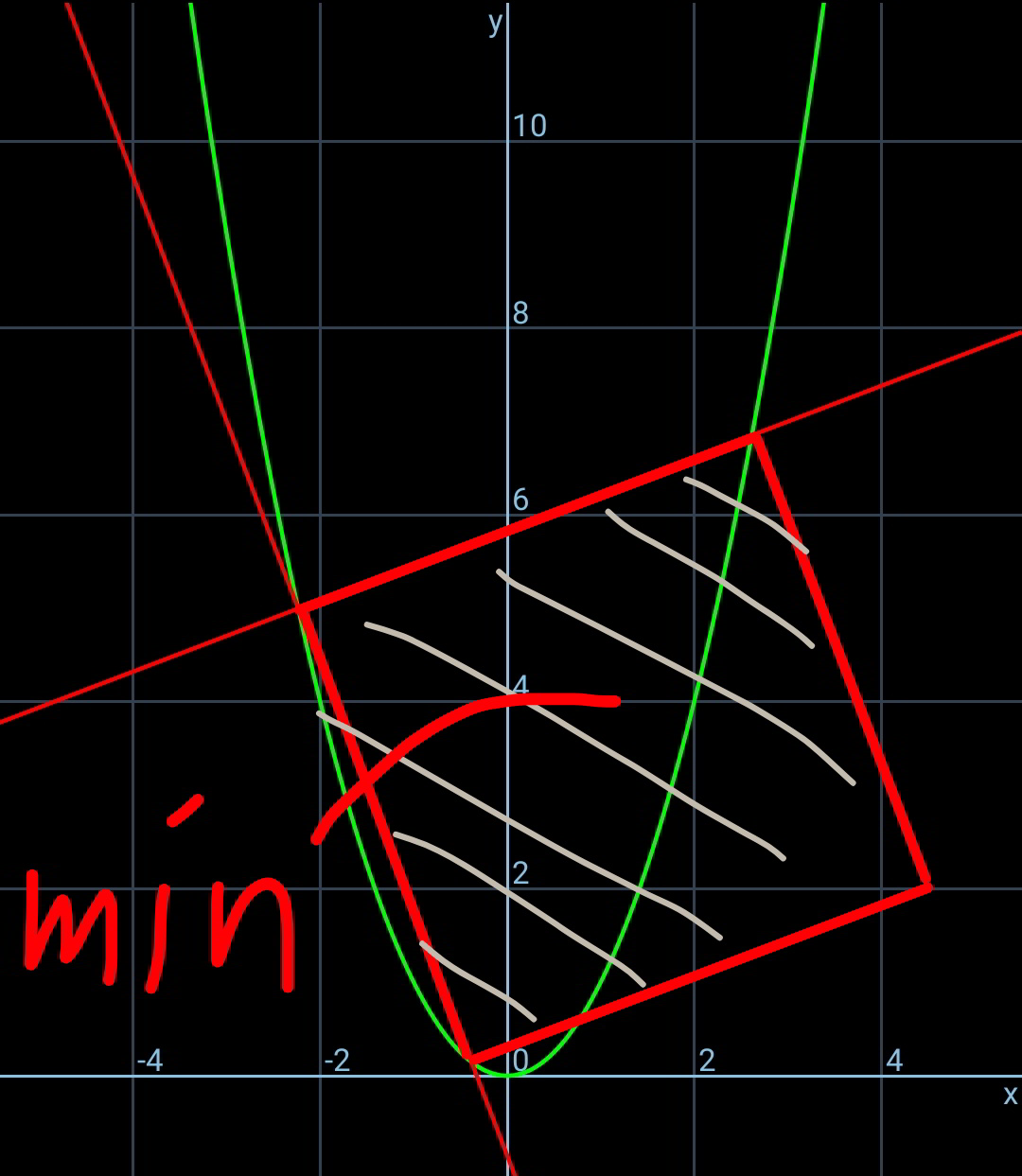
Commented by mr W last updated on 21/Feb/20
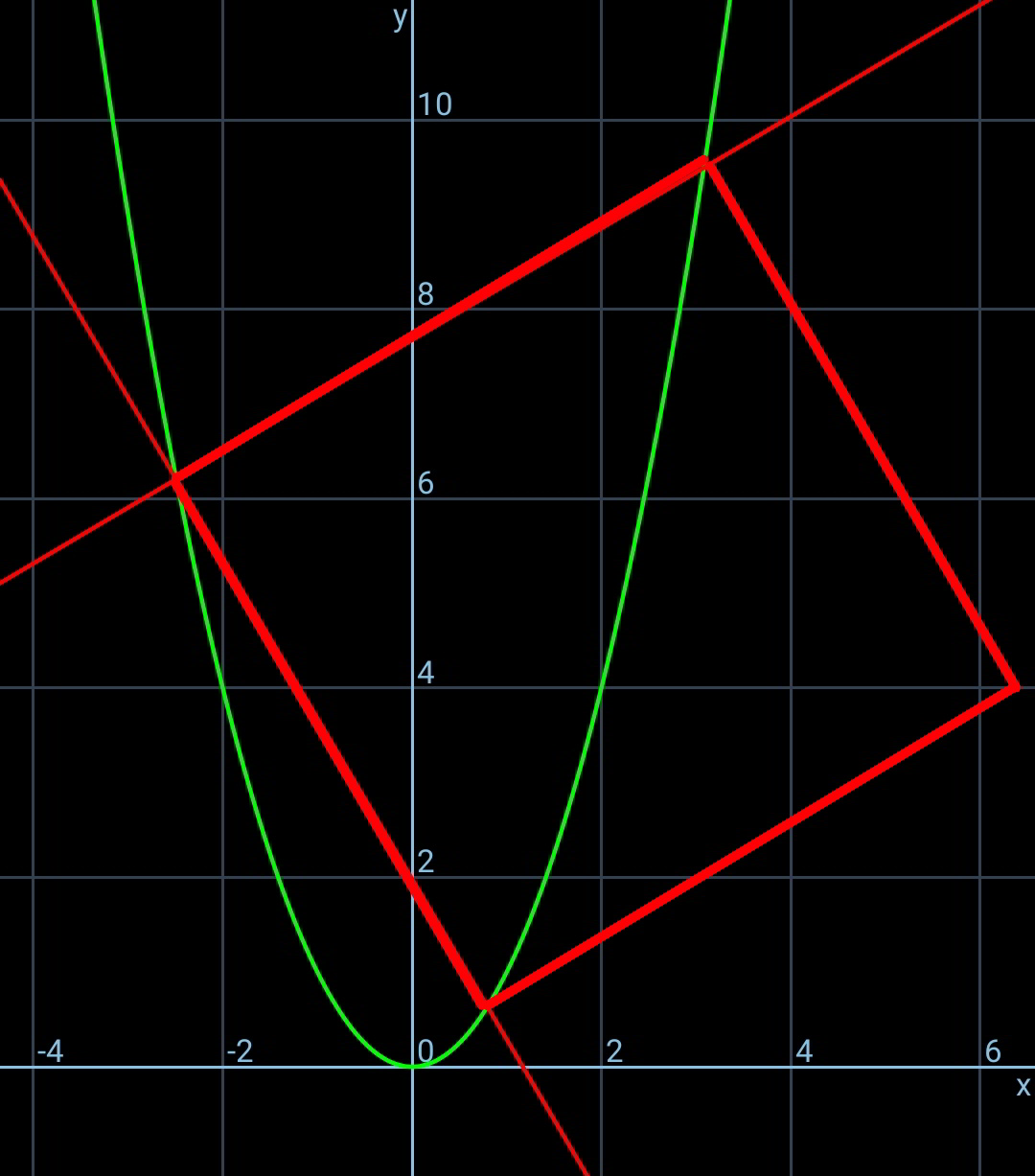
Commented by jagoll last updated on 21/Feb/20

